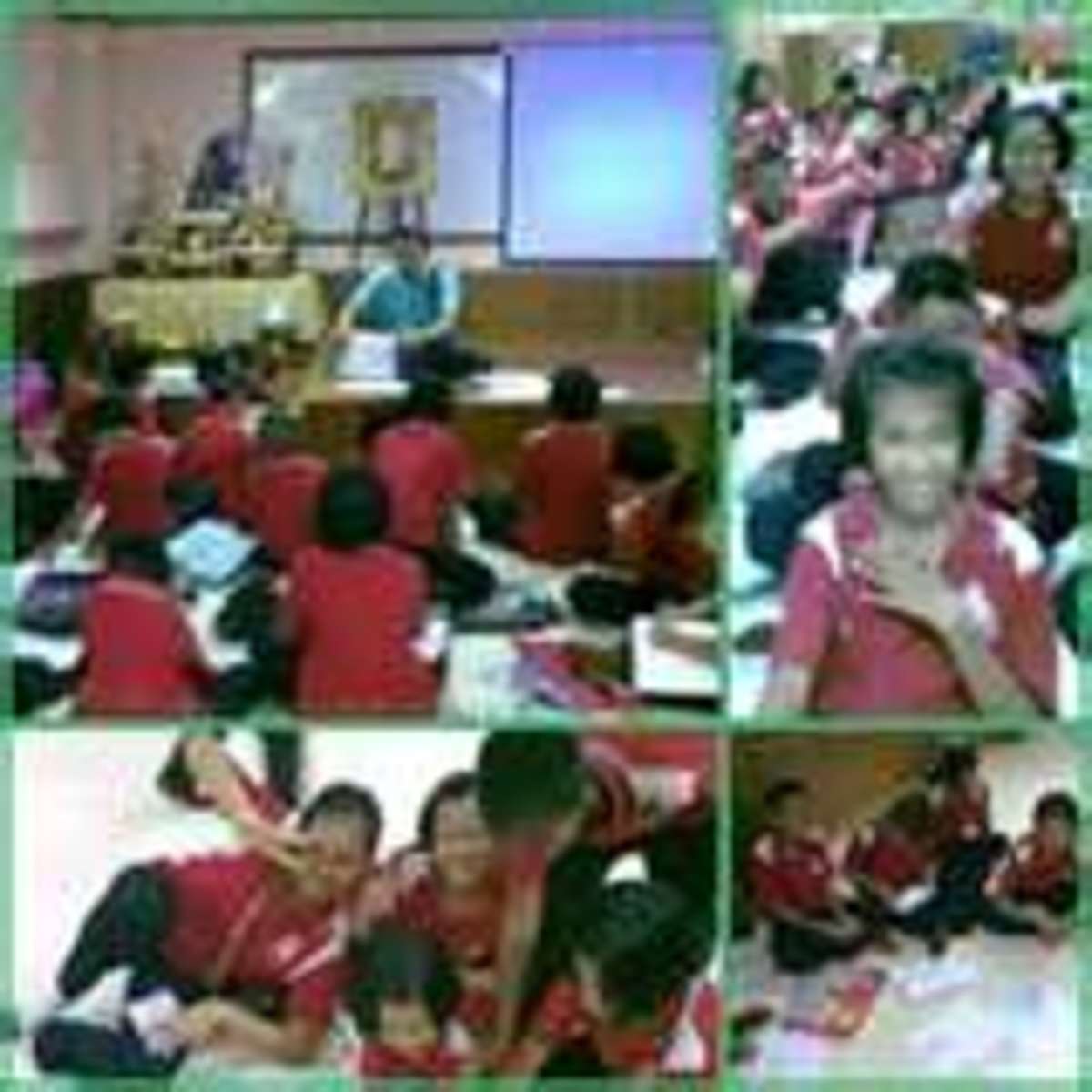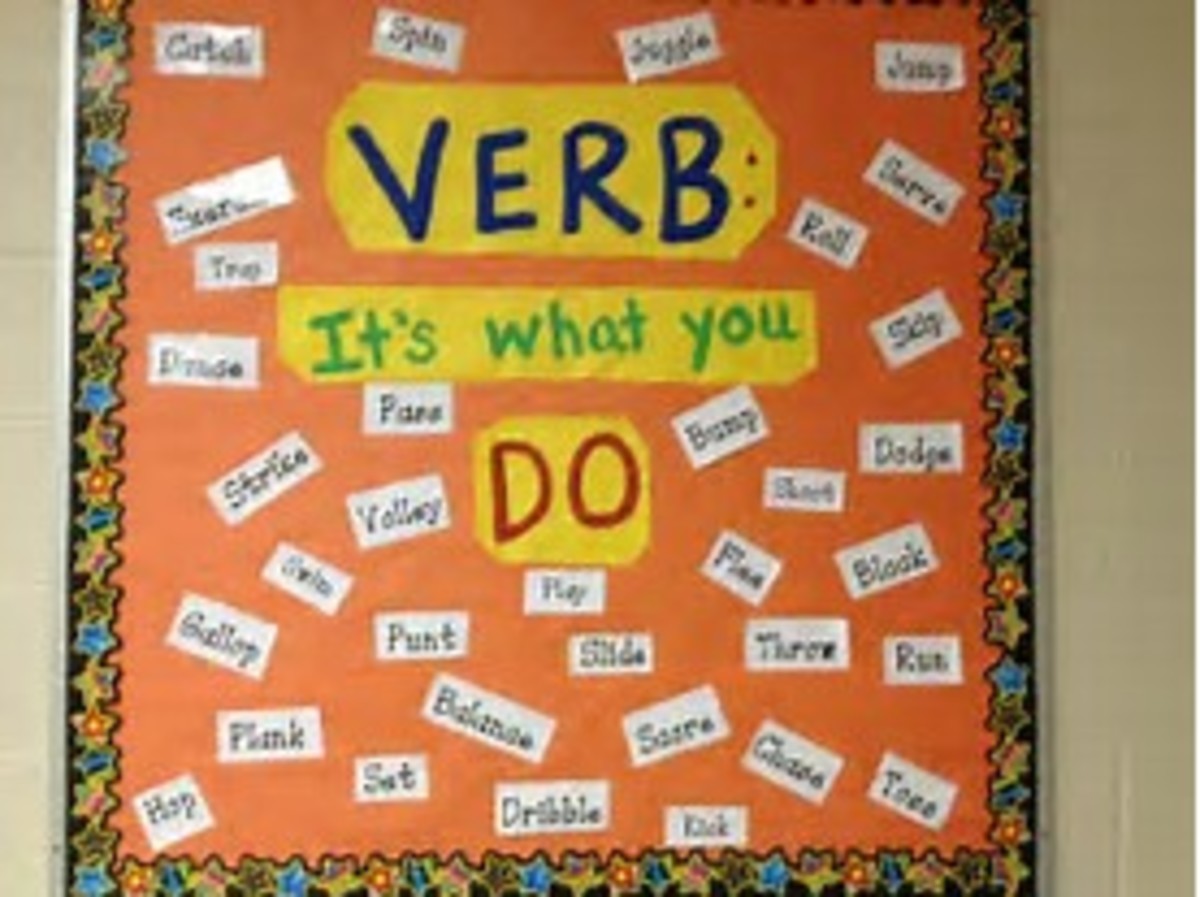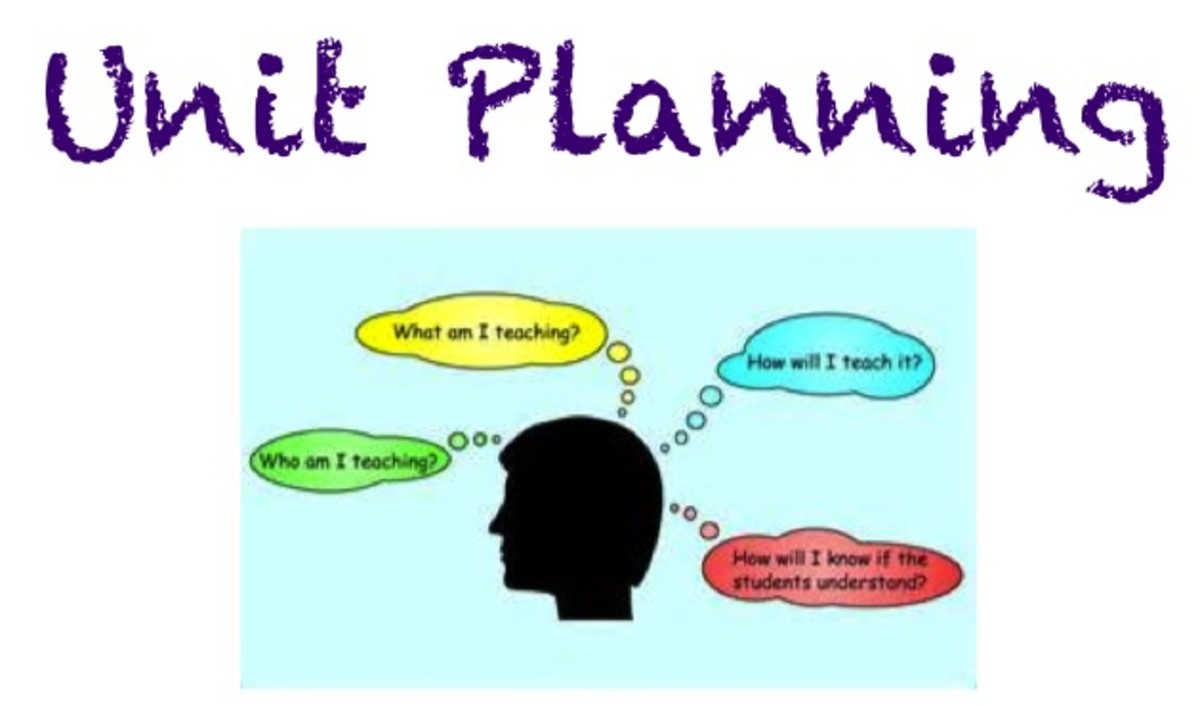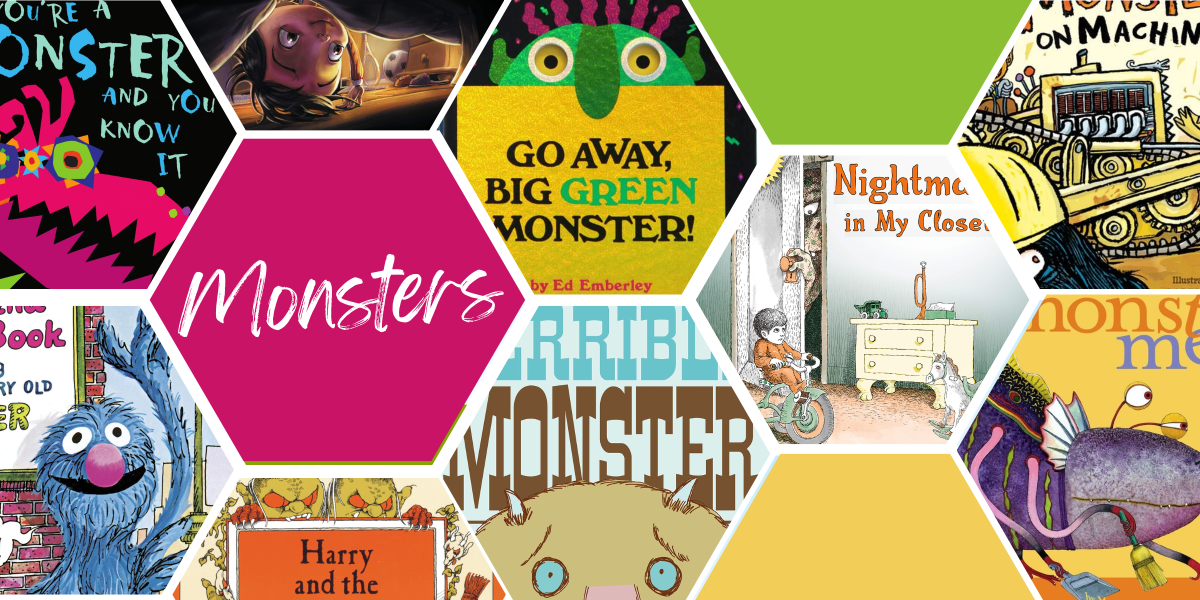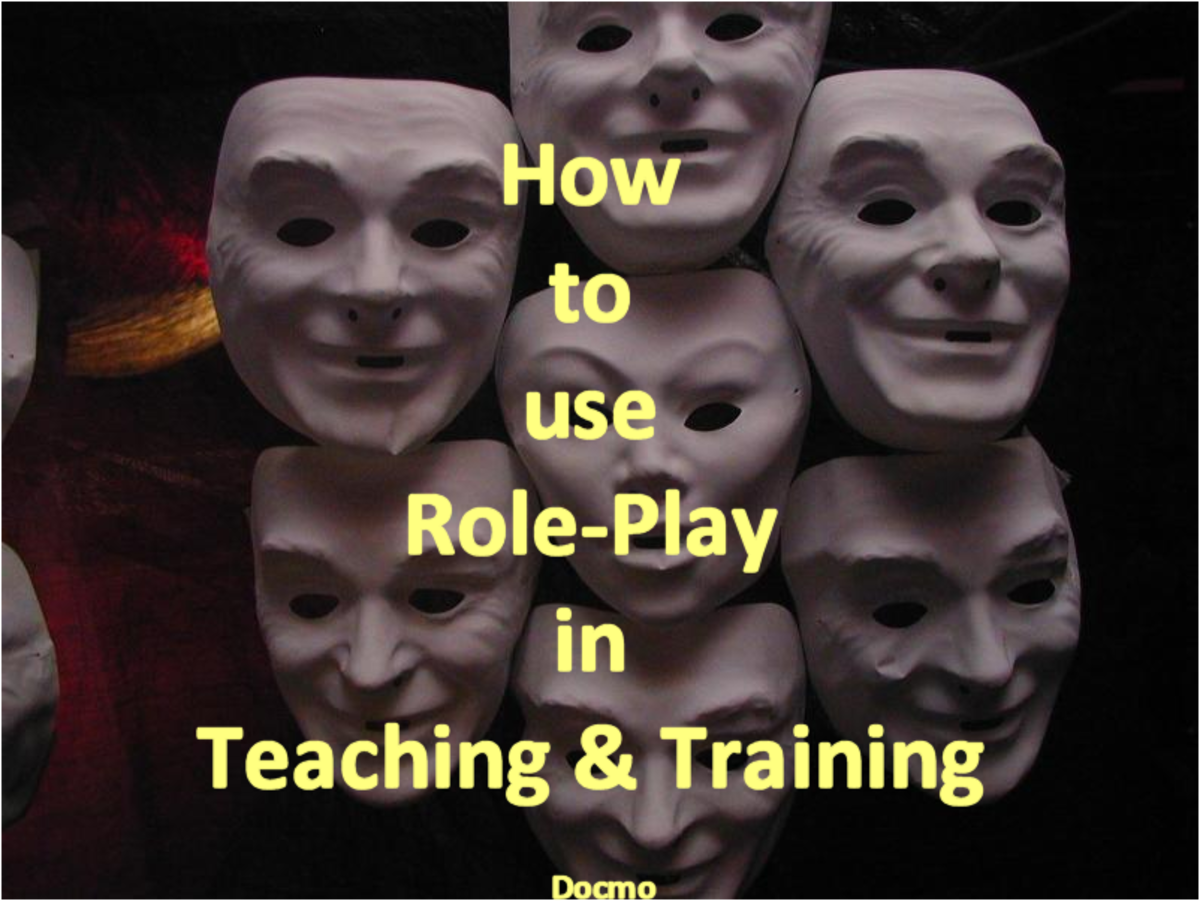Managing the Adult Instructional Process

The Need for Managing the Adult Instructional Process
In managing the instructional process, you must contemplate not just what instructional techniques you will use, but all characteristics of the instructional environment, including the psychological, physiological, and intellectual aspects. Instruction must be a unified, coherent process, which is carefully planned and executed with the physiognomies and requirements of adult learners in mind.
In the process of insuring that your adult student receives the maximum level of training you must have an understanding of:
- Learning modality— this addresses different learning modality preferences, offer learners the chance to procure knowledge and skill through different senses.
- Study skills—this should Include opportunities for usage of such skills as reading, writing, observing, listening, speaking, collecting, memorizing, practicing, problem solving, making/doing, and constructing/creating.
- Types of assignments—you should provide in-class and outside assignments, supervised independent study and paper-and-pencil work and applied performance.
- Levels of conceptual skill—you must plan activities in which students need to make inferences, draw conclusions, reason, analyze, consider different perspectives, organize and express ideas, and apply knowledge in a different context.
- Learner and teacher role—you should set up activities which the students are learning from you, learning from their peers, teaching their peers, teaching you, or functioning as a member of a team. Likewise, vary your own role as information giver, facilitator, resource person, or learner.
This article is intended to help you manage the adult instructional process effectively. First, it provides a synopsis of a wide spectrum of instructional techniques. Then, it focuses on specific instructional strategies and ways of modifying the learning environment that are particularly effective with adults.

Instructional Techniques: An Overview
There are numerous techniques of Instruction. Three methods we will discuss are: Oral Presentation, Clustering Process Activities and Hands-on Practice Activities.
Oral Presentations
-
Illustrated talk –this kind of presentation may be given formally—standing in front of the class and serving as a dispenser of information—or informally—perhaps sitting around in a group, encouraging the students’ participation.
-
Demonstration–Although demonstration could be categorized as a visual technique, it must necessarily be both visual and oral to be effective. Careful planning and preparation should include the following:
-
Verbal introduction
- What will be demonstrated
- How it relates to past experience and to future activities
- Definitions of new terms
- Motivational material
-
Explanation of each step as it is performed
-
Comments on key points and safety practices
-
Summary of the material that has been presented
-
Oral questioning—this technique consists of posing questions to the class during a lesson. Questions can be designed so that they require learners to apply knowledge at different levels. For example:
- Recognize/recall—Information is repeated.
- Process/apply—information is used in an illustration, example, or solution.
- Deduce/infer—deductions and inferences are made from applying the information
-
Subject matter experts—A subject matter expert, or resource person, can be invited to talk to the class about an assortment of subjects. Such a person might, for example, be any one of the following:
- A skilled worker who uses the most up-to-date equipment
- A labor market expert who can discuss employment conditions
- A personnel manager who has valuable insights on how older workers can market their experience
- A counselor who can discuss ways to cope with stress during a mid-life career change
- Another adult learner who has experiences to share or who has completed the program and can give examples of its relevance
- Another person who can add a new dimension to your curriculum
-
Field trips—a field trip is a visit by an individual or a group to a place outside the regular learning environment. It is designed to achieve objectives that cannot be achieved as well through other means—for example seeing a process firsthand.

Clustering Process Activities
The following are some of the ways in which you can provide variety in the learning activities you offer by using various types of clustering:
- Clustering—Provide occasions for large-group and small-group interaction and for individual study.
- Cluster discussion—this type of discussion usually involves the whole class, although it can be used with smaller groups. The purpose of a cluster discussion is to share information on a given topic and to analyze and evaluate that information.
- Panel discussion—a panel discussion is a small cluster discussion among a few people, conducted in front of an audience. Each member of the panel is responsible for one aspect of the topic.
- Symposium—this is a more formal type of discussion format than the previous two, in that several speakers give prepared presentations on different aspects of an issue rather than discuss the issue informally.
-
Brainstorming—this technique is especially well suited for involving learners in a spontaneous discussion for the purpose of generating ideas or suggestions on a specific topic.
-
Buzz group—in the buzz group technique, the class breaks into small groups (e.g., six members each) to discuss a limited topic for a short period of time (e.g., six minutes).
- Question box—this technique is used to obtain learners’ ideas, questions, or concerns anonymously.
- Projects—in a project, the learners do something.
-
Community study—A specific type of project that can be used is the community study. Learners gain experience in such areas as fact finding, problem solving, interpersonal skills, and interviewing methods, while also gaining knowledge about a given topic.
-
Simulation—when it is impractical to obtain real life on-the-job experience, a simulation is often the next best thing. Simulations replicate the work environment as closely as possible.
-
Written and oral assignments—This practice can be provided through the use of regular oral and written activities.
-
Peer coaching—this involves pairing learners, usually by competency level, for a given skill or activity.

Hands-on Practice Activities
- Laboratory Work—laboratory work is a natural part and the most obvious “hands-on” component of most occupational programs. You have numerous roles to perform in relation to laboratory work:
- Plan and set up assignments
- Provide oral and written instructions
- Provide for the individual learning needs of students
- Supervise and assist with work in progress
- Evaluate learners’ work
-
Projects—in a project, the learners do something.
-
Community study—A specific type of project that can be used is the community study. Learners gain experience in such areas as fact finding, problem solving, interpersonal skills, and interviewing methods, while also gaining knowledge about a given topic.
-
Simulation—when it is impractical to obtain real life on-the-job experience, a simulation is often the next best thing. Simulations replicate the work environment as closely as possible.
-
Written and oral assignments—This practice can be provided through the use of regular oral and written activities.
-
Peer coaching—this involves pairing learners, usually by competency level, for a given skill or activity.

Other Ways for Enhancing the Learning Experience
Resources to Enrich Techniques
After choosing a system that is complimentary to your adult learner; here are some resources that will enhance the learning experience.
-
Printed Materials
-
Audiovisual Media
-
Teleconferencing
- Visual Aids
Modifying the Learning Environment for Adults
As stated in a previous article, adult learners have an extensive range of experiences upon which to rely upon. These experiences--learning through living--provide a structure of reference for the acquisition of further learning. To establish adult-to-adult rapport with your learner.
-
Use nonverbal communication.
-
Deal with the whole person.
-
Don’t talk down to adult learners.
-
Address learners as equals.
-
Don’t act the absolute authority.
-
Arrange the room in a nontraditional way
- Be reachable.
Create a Participatory Environment
To create an environment inductive to learning; try one of the following techniques with your adult learner:
-
Involve the learners in deciding on course content.
-
Involve the learners in establishing class management procedures.
-
Provide multiple learning options.
-
Involve learners as instructional resources.
- Monitor learner satisfaction.
Facilitate Adult Independence
An instructor can facilitating adult independence by:
-
Encouraging adults to learn on their own.
-
Serving as a role model.
- Teaching decision-making and problem-solving techniques.
Provide for Individual Differences
Teachers, realize that your students are unique individuals. In order to respect their uniqueness:
-
Use a variety of techniques.
-
Provide appropriate and varied instructional materials.
-
Relate instruction to learners’ experiences.
-
Adjust the pace of instruction.
-
Accommodate special/exceptional differences.
-
Impaired eyesight
-
Impaired hearing
-
Immobility
-
Intolerance of temperature extremes
-
Slower physical responses
-
Need for frequent movement to improve circulation or reduce cramping
-
Need for frequent bathroom breaks
-
- Fatigue from working all day
Increase Learners' Confidence
- You can encourage an adult learner's confidence by:
-
Providing positive reinforcement.
- Providing successful experiences
Increase Cluster Cohesion
It is to an instructor's advantage to foster group cohesiveness. This can be accomplished by:
-
Using ice-breaking techniques.
-
Assigning group projects.
-
Using the Nominal Cluster Technique—there are four main steps in this technique:
- Individuals silently list their ideas in writing;
- Cluster members share their ideas in round-robin fashion, and they are recorded briefly on a flip chart;
- Each item is briefly discussed by the group, to clarify and evaluate; and
- The items are rank-ordered or rated by the group vote.
Provide Needed Support Services
Dealing with adult learners again is different from the youth learners. However, adult learners like their youthful counterparts, still need support services.
-
Be a friend.
-
Maintain close linkages with support service personnel—they might include such services as the following:
- Day care
- Transportation
- Financial assistance, credit unions
- Peer support groups
- Help in identifying and compensating for problems with vision, hearing, and the like
- Remediation
- English-as-a-Second-Language/Limited English Proficiency (ESL/LEP) programs
- Time management counseling
- Stress management counseling
- Employee assistance programs
- Personal/social counseling
- Nutritional counseling
- Instruction in test-taking skills
- Career information
- Placement services
- Organizational support for employees (e.g., tuition reimbursement)
-
Refer learners for help.
-
Encourage independent problem solving.
-
Provide career information
-
Provide a resource center.
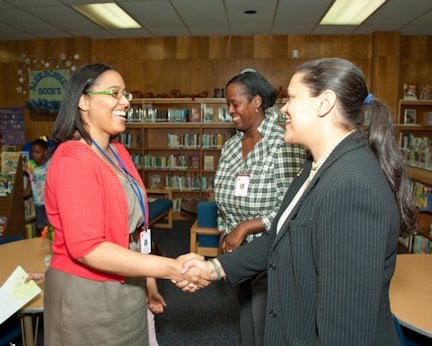
Be an Advocate for Adult Learners
Every teacher of adults must learn to be an advocate for his or her students—to go to the administrators or the company manager and let them know when a problem exists. It is your responsibility to inform the administration of problems and to work with them on getting the necessary changes made.
Student Appreciation
When was the last time you told your students how much you cared?
© 2013 Jacqueline Williamson BBA MPA MS


